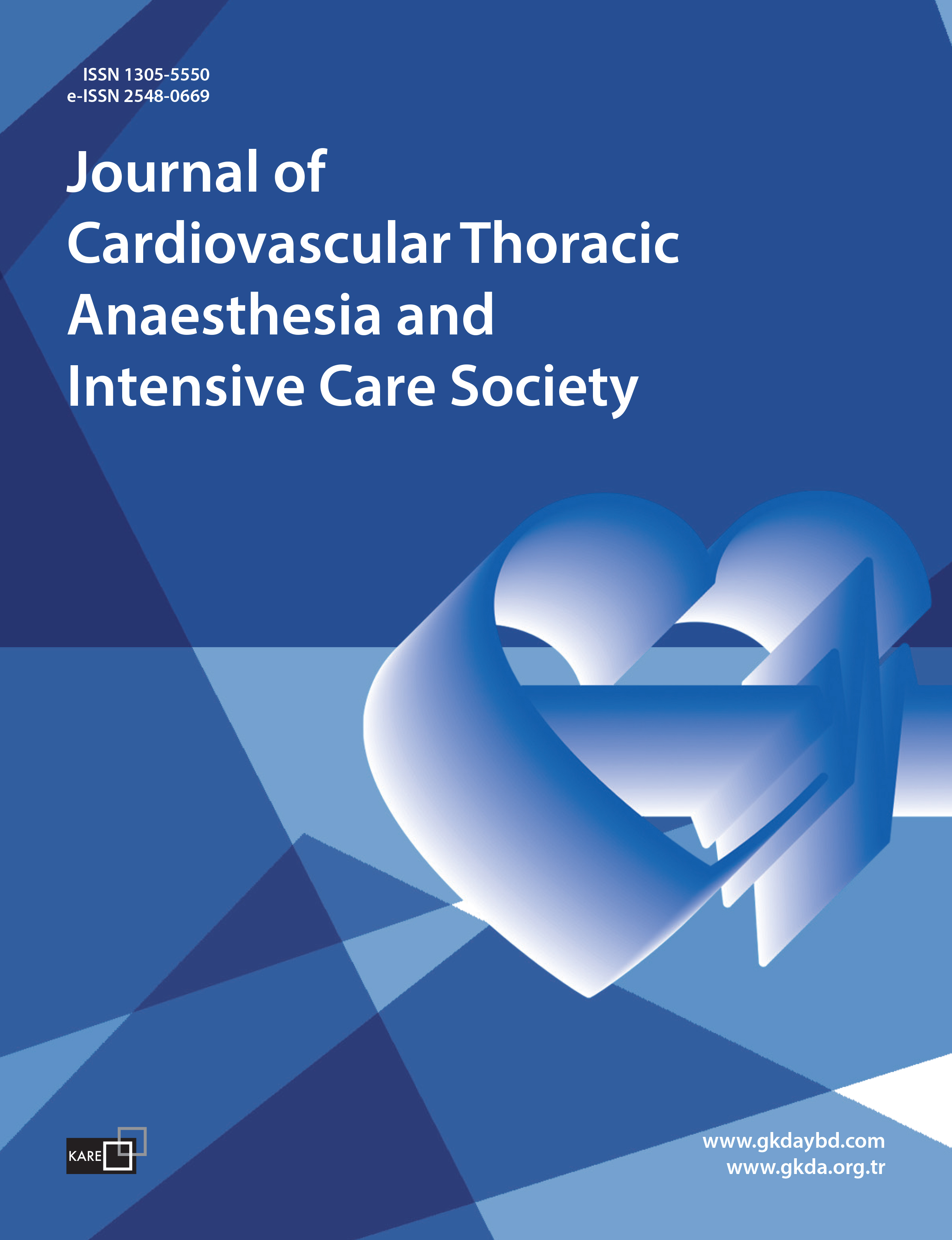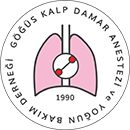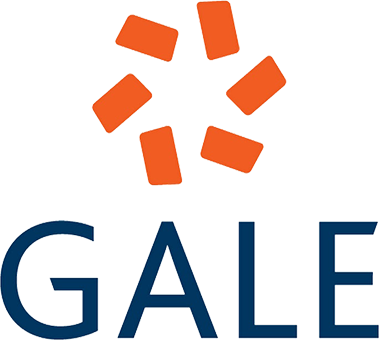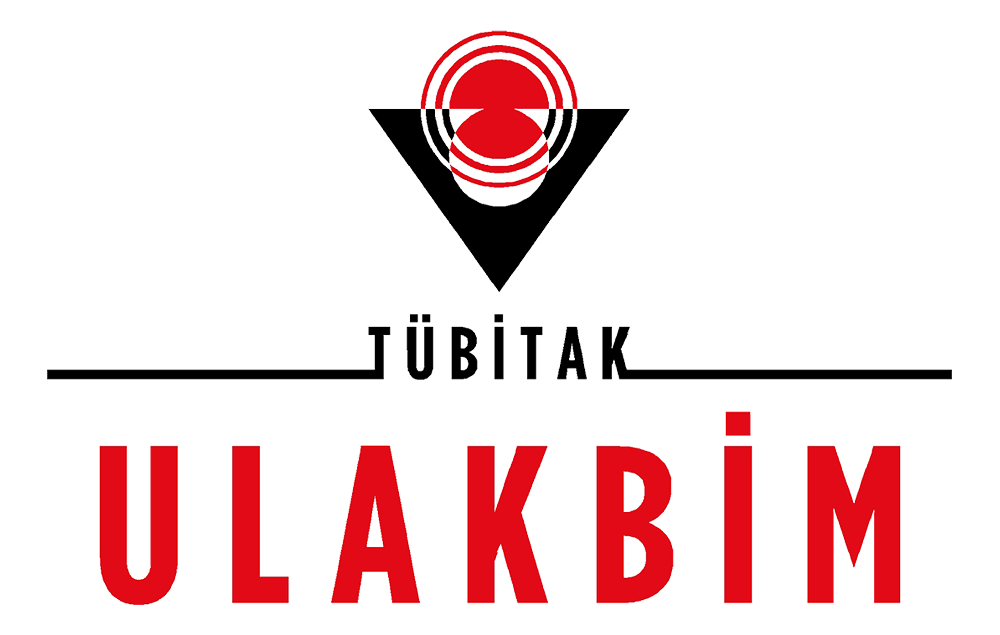

Diaphragm Paralysis After Congenital Heart Surgery: A Single Center Experience
Emine Hekim Yılmaz1, Murat Çiçek21Department of Pediatric Cardiology, University of Health Sciences, Dr. Siyami Ersek Chest Heart and Vascular Surgery Training and Research Hospital, İstanbul, Türkiye2Department of Pediatric Cardiovascular Surgery, University of Health Sciences, Dr. Siyami Ersek Chest Heart and Vascular Surgery Training and Research Hospital, İstanbul, Türkiye
Objectives: Phrenic nerve injury following congenital heart surgery has become the most common cause of diaphragm paralysis in children. In this single-center study, we aimed to determine the incidence of diaphragm paralysis after congenital heart surgery and to identify the risk factors for prolonged mechanical ventilation in this unique patient population.
Methods: We retrospectively reviewed the records of all patients diagnosed with diaphragmatic paralysis after congenital heart surgery between January 2018 and May 2023.
Results: The incidence of diaphragm paralysis was 3.13%. The median age and weight of the patients were 2.5 (IQR: 0.37) months and 4.2 (IQR: 3.27.25) kg. The median duration of mechanical ventilation was 10 (IQR: 528) days. Mechanical ventilation was prolonged in 30 (34.1%) patients. Infection, chylothorax, ECMO requirement, and unplanned cardiac reintervention significantly increased the risk of prolonged mechanical ventilation (p<0.05). After initial surgery, 50% underwent diaphragm plication at a median of 18 days (IQR: 1227.5 days). In this group, infection, chylothorax, and late plication (>14 days) increased the risk of prolonged mechanical ventilation (p<0.05). The time between diaphragm plication and index surgery was significantly longer in cases with prolonged mechanical ventilation (p<0.05).
Conclusion: Phrenic nerve injury can cause significant morbidity after congenital heart surgery. The relationship between diaphragm paralysis and prolonged mechanical ventilation may have enormous clinical implications. Some patients may recover with conservative strategies; however, others require plication. Therefore, tailoring management strategies according to the patient's age, clinical condition, and need for positive pressure ventilation may help improve outcomes.
Manuscript Language: English
(512 downloaded)

















